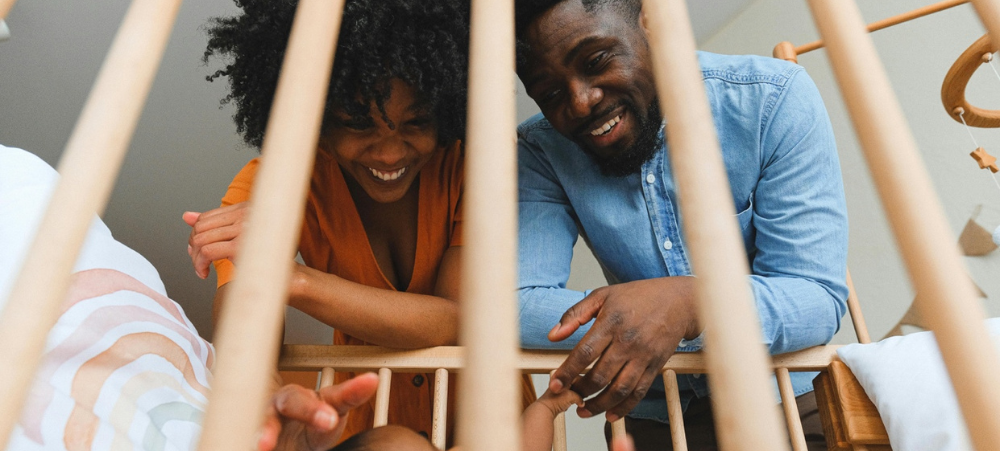Moms going back to work – OH No!!!
Some helpful hints on breast pumping and storing of breastmilk.
Whether you’re going back to work, want to have your partner help with feedings, or want to make sure you have breastmilk for your baby if you are away for a few hours, you will need to pump and store your breastmilk.
Pumping your breastmilk
Before you pump, wash your hands with soap and water. If soap and water are not available, use an alcohol-based hand sanitizer that has at least 60% alcohol. Make sure the area where you are pumping and your pump parts and bottles are clean. You do not need to wash your breasts and nipples before pumping.
If you need help to get your milk to start flowing without your baby there, you can get Milk Galore products that may assist increase the flow of breastmilk so that Mom can have enough milk to express. The products come in form of rooibos tea or 100% fruit juice blend and can be purchased based on preference.
Pumping: Ways to express your milk by hand or pump
Hand expression
How it works: You use your hand to squeeze and press on your breast to remove milk.
What is involved:
- Requires practice, skill, and coordination.
- Gets easier with practice and can be as fast as pumping.
- Good if you are not often away from your baby or you need an option that is always with you. But all moms should learn how to hand express in case of emergency.
Average Cost: Free
Manual pump
How it works: You use your hand and wrist to operate a hand-held device to pump the milk.
What is involved:
- Requires practice, skill, and coordination.
- Useful for occasional pumping if you are away from your baby only once in a while.
Average Cost: R200 to R874*
Electric breast pump
How it works: Runs on battery or plugs into an electrical outlet.
What is involved:
- Can be easier for some moms.
- Can pump one breast at a time or both breasts at the same time.
- Double pumping (pumping both breasts at the same time) may collect more milk in less time, which is helpful if you are going back to work or school full-time.
- Need a place to clean and store the equipment between uses.
- Electric pumps require batteries or a place to plug in.
Average Cost: R750 to over R4 099
Storage of breastmilk
After each pumping, you can:
- Keep milk at room temperature. Breastmilk is OK for up to 4 hours after pumping at room temperature (up to 25 °C).
- Refrigerate it. Breastmilk is OK in the refrigerator for up to 4 days.
- Place milk in the freezer. If you’re not going to use refrigerated breastmilk within 4 days of pumping, freeze it right after pumping.
- Use cooler packs. You can put breastmilk in a cooler or insulated cooler pack with frozen ice packs for up to 24 hours after pumping. After 24 hours in a cooler the breastmilk should be refrigerated or frozen.
When storing breastmilk, use breastmilk storage bags, which are made for freezing human milk. You can also use clean glass or hard BPA-free plastic bottles with tight-fitting lids. Do not use containers with the recycle number 7, which may contain BPA. Do not use disposable bottle liners or other plastic bags to store breastmilk.
Storage: Tips for freezing milk
- Clearly label milk containers with the date the milk was expressed. Include your child’s name if you are giving the milk to a child care provider.
- Freeze in small amounts ( ¼ to ½ cups) for later feedings.
- Leave an 25.4ml or so from the milk to the top of the container, because it will get bigger when freezing.
- Wait to tighten bottle caps or lids until the milk is completely frozen.
- Store milk in the back of the freezer, not on the shelf of the freezer door, so that it doesn’t start to thaw out.
Storage: Tips for thawing and warming up milk
- Thaw the oldest breastmilk first.
- Breastmilk does not need to be warmed. Some moms prefer to serve it at room temperature. Some moms serve it cold.
- Thaw the bottle or bag of frozen milk by putting it in the refrigerator overnight.
- If you decide to warm the breastmilk:
- Keep the container sealed while warming.
- Hold it under warm, not hot, running water, or set it in a container of water that is warm, not hot.
- Never put a bottle or bag of breastmilk in the microwave. Microwaving creates hot spots that could burn your baby and damage the milk.
- Test the temperature before feeding it to your baby by dropping some on your wrist. The milk should feel warm, not hot.
- Swirl the milk to mix the fat, which may have separated. Do not shake the milk.
- Use breastmilk within 24 hours of thawing it in the refrigerator. This means 24 hours from when the breastmilk is no longer frozen, not from when you take it out of the freezer.
- Once breastmilk is thawed to room temperature or warmed after being in the refrigerator or freezer, use it within 2 hours. If you have any leftover milk when the baby is finished feeding, be sure to throw it out within 2 hours.
- Do not refreeze breastmilk after it has been thawed.
- Milk Galore on why breastmilk is best? - February 14, 2023
- Getting ready to BREASTFEED! - December 9, 2022
- Pumping and Storing Breastmilk - October 21, 2022






2 thoughts on “Pumping and Storing Breastmilk”
Thanks for the information. It is really helpful
Definitely bookmarking this – such a helping info for a soon-to-be first time mom.